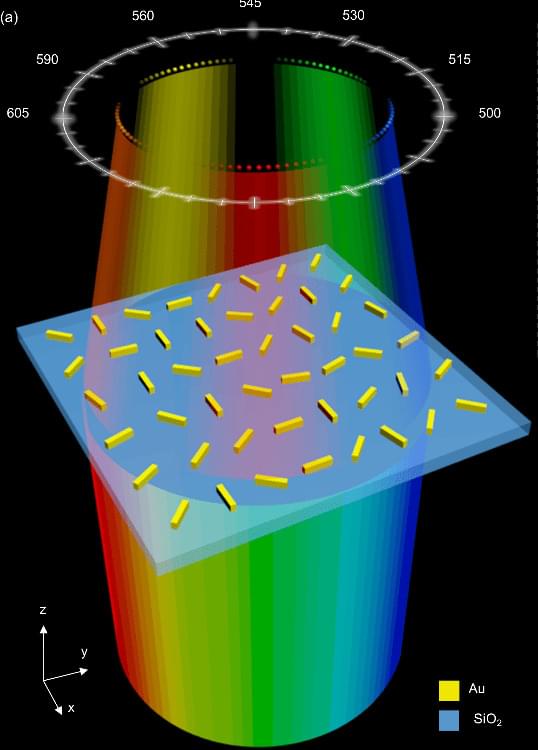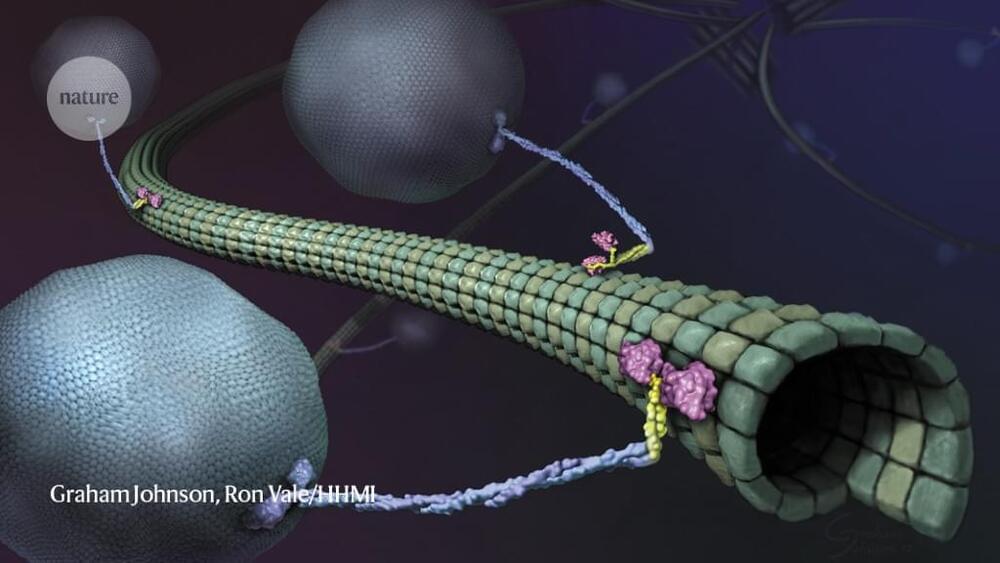The Vision Pro is Apple’s bold entry into the world of spatial computing, and it seems like the company has learned a lot from the VR and AR headsets before it. The front of the device features an OLED screen that can display your eyes, making you more connected to the people in the real world. Its springy side bands and ribbed rear headband look like suitably high-end. And, simply put, it has the wow factor you’d expect from a prestige Apple product.
Still, there’s plenty of cause for concern. The required battery pack is a bit un-Apple, since you’ll have to stuff it into your pocket or find somewhere to store it. And we’ve yet to see someone wearing this headset in the real world. Apple’s event staff stressed that we couldn’t touch the Vision Pro or lean too close. And of course, we won’t see if Apple’s spatial computing vision lives up to its slick promotional videos until we can actually wear this thing.
At the very least, though, the Vision Pro makes me hopeful about the future of spatial computing. Recent headsets, like Sony’s PlayStation VR2 and the Meta Quest Pro, have made the limits of virtual reality very clear. They’re a bit too isolated from the real world, and they’re mainly focused on games. The Vision Pro, on the other hand, is a glimpse at a world beyond screens.








